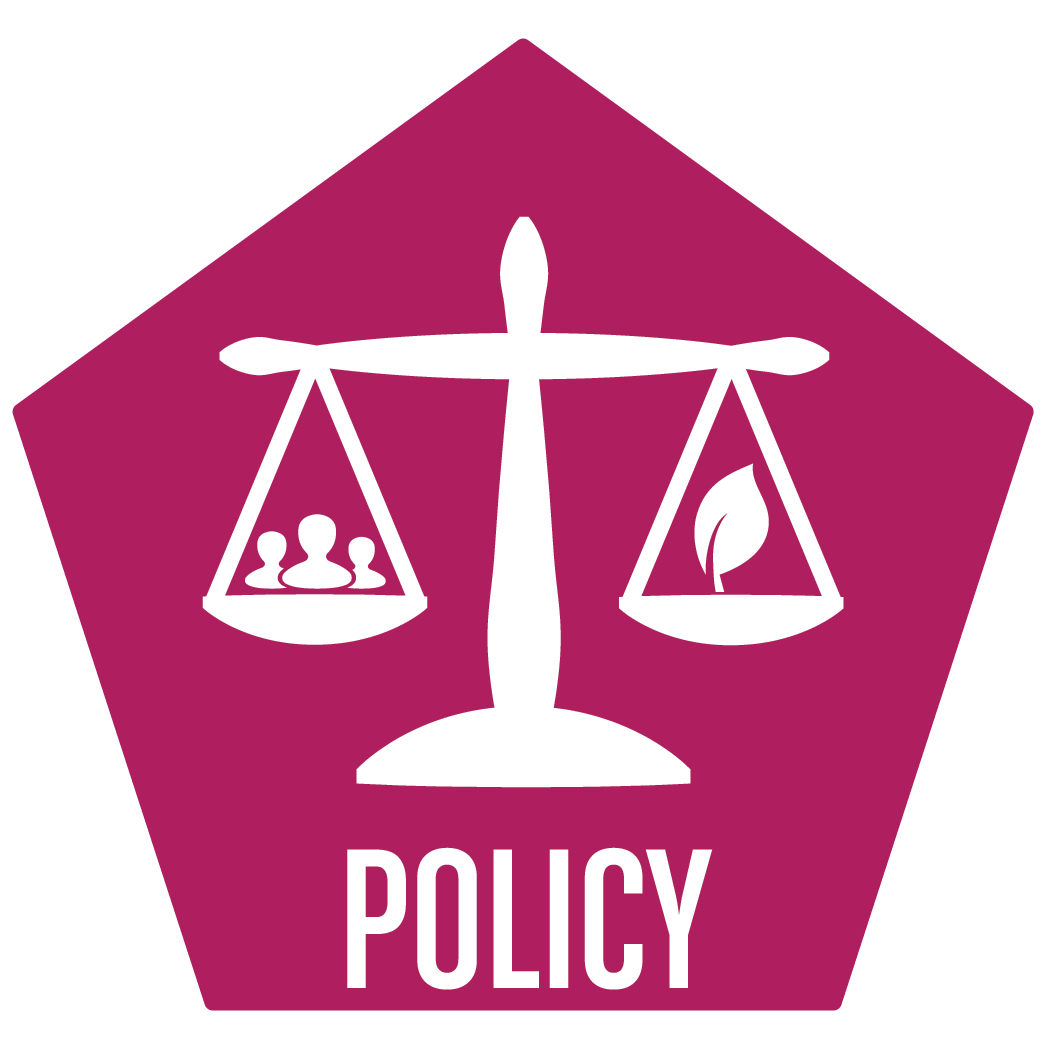4.2 Reinstate FDACS public reporting on fertilizer distribution
Key Message: Publicly accessible data on the distribution and sale of fertilizer by category and by county is urgently needed to accurately estimate nutrient loading from fertilizer, assess compliance with fertilizer regulations, and track the success of educational efforts.
Importance
Reliable, readily available data on fertilizer distribution and sales at the county level is crucial to estimating gross nutrient inputs from fertilizer application and evaluating the effectiveness of targeted policies and educational outreach. Regular online reporting by the Florida Department of Agriculture and Consumer Services (FDACS), without requiring a public records request, would facilitate broader dissemination and analysis. Details about tonnage, nutrient composition, and end-user types are important for informed nutrient management.
Overview
Florida began regulating fertilizer in 1889, initially to test and inspect fertilizer products. Under current state law, fertilizer is broadly defined as any plant nutrient or soil amendment except raw manure, peat, or compost. Today, almost 2 million tons of all types of fertilizer are distributed annually across Florida, with thousands of tons delivered to Sarasota County each year (FDACS 2020).
The manufacture, sale, and distribution of fertilizer is regulated by FDACS under F.S. Chapter 576, with requirements for licensing, reporting, and product labeling. Florida’s Urban Turf Rule (F.A.C. Chapter 5E-1) further regulates fertilizer products sold for urban lawns, requiring specific, conspicuous labeling for application rates, frequency, and other best management practices (BMPs) (see Chapter 4.3). Any fertilizer labeled as organic must contain at least 60% slow-release nitrogen.
Nutrient analysis of a lawn fertilizer showing that 72.5% of the nitrogen components are slow-release.
In fiscal year 2023–2024, FDACS reported 449 licensed fertilizer distributors operating in Florida. FDACS requires licensed manufacturers and distributors to report quarterly the tonnage of fertilizer distributed to each county, detailing nutrient composition, form, and end-user type. Until June 2012, FDACS publicly released annual reports by county. Currently, only annual tonnage by licensee is posted online; acquiring detailed reports requires a public records request.
Between fiscal years 2013 and 2020, fertilizer manufacturers distributed an average of 3,300 tons of fertilizer products to Sarasota County annually, including an average of 124 tons per year of inorganic nitrogen-containing fertilizers (ranging from 34 to 324 tons per year) (FDACS 2020, unpublished data). Of the nitrogen fertilizers distributed, approximately 63% were used on farms, 13% on golf courses and athletic fields, 13% on residential lawns, and the remainder on gardens, landscapes, nurseries, and greenhouses (Figure 4.2.1).
Analysis of these public data raised concerns about accuracy (Ballogg and Callihan 2022). FDACS fertilizer distribution records, obtained through public records requests, appeared to contain errors and incomplete entries, with thousands of tons of fertilizer distributed to Sarasota County of an unknown form, formula, or end-use. This complicates efforts to correlate fertilizer distribution patterns with potential nutrient pollution impacts and compliance with local fertilizer regulations.
Figure 4.2.1. Average annual tonnage of nitrogen-containing fertilizer products distributed to Sarasota County in FY 2013-2020. Source: FDACS
Approach
A simple internal policy change by the FDACS Bureau of Licensing and Enforcement, Division of Agricultural Environmental Services, could reinstate public reporting of fertilizer sales and distribution data. Updating the data reporting format to improve quality assurance and licensee self-reporting accuracy is also critical for subsequent analysis and interpretation of the data. To request a policy change, a formal letter from a coalition of community organizations could be submitted to the FDACS Director of External Affairs and the Southwest Regional Director, with a copy to the Agricultural Environmental Services Office.
Resources
- FDACS Fertilizer Reporting website
- Compliance Manual for the Florida Fertilizer Licensing and Reporting Law and Urban Turf Rule
- FDACS Staff
Stephanie McClung, External Affairs Director
Kelly Friend, Environmental Manager, Division of Agricultural Environmental Services
Status
FY13-20 FDACS fertilizer distribution data analyzed; No Activity on Policy Change
Performance Measure
FDACS public reporting of annual fertilizer distribution by County
Experts or Leads
Alan Jones, Jones Potato Farm (contact for Agricultural Commissioner); Jon Thaxton, Gulf Coast Community Foundation (lead for local coalition); Jennifer Shafer, Science and Environment Council (lead for local coalition)
Cost Estimate
< $10,000
Related Activities
Other Fertilizer & Soil Activities
4.1 Estimate nutrient loading from fertilizer
[dipi_masonry_gallery images="421,545,445" columns="3" disabled_on="off|off|on" _builder_version="4.16" max_width="100%" max_width_tablet="50%" max_width_phone="65%" max_width_last_edited="on|desktop" module_alignment_tablet="center" module_alignment_phone="center"...
4.3 Strengthen local fertilizer ordinances and improve compliance
[dipi_masonry_gallery images="421,894,445" columns="3" disabled_on="off|off|on" _builder_version="4.16" max_width="100%" max_width_tablet="50%" max_width_phone="65%" max_width_last_edited="on|desktop" module_alignment_tablet="center" module_alignment_phone="center"...
4.4 Deliver targeted education and resources to HOAs
[dipi_masonry_gallery images="421,896,445" columns="3" disabled_on="off|off|on" _builder_version="4.16" max_width="100%" max_width_tablet="50%" max_width_phone="65%" max_width_last_edited="on|desktop" module_alignment_tablet="center" module_alignment_phone="center"...
4.5 Deliver targeted education and resources to landscape professionals and golf course managers
[dipi_masonry_gallery images="421,896,445" columns="3" disabled_on="off|off|on" _builder_version="4.16" max_width="100%" max_width_tablet="50%" max_width_phone="65%" max_width_last_edited="on|desktop" module_alignment_tablet="center" module_alignment_phone="center"...
4.6 Deliver targeted education and resources to farmers and ranchers
[dipi_masonry_gallery images="421,896,445" columns="3" disabled_on="off|off|on" _builder_version="4.16" max_width="100%" max_width_tablet="50%" max_width_phone="65%" max_width_last_edited="on|desktop" module_alignment_tablet="center" module_alignment_phone="center"...
4.7 Encourage and facilitate commercial composting and redistribution for rebuilding soils
[dipi_masonry_gallery images="421,894,445" columns="3" disabled_on="off|off|on" _builder_version="4.16" max_width="100%" max_width_tablet="50%" max_width_phone="65%" max_width_last_edited="on|desktop" module_alignment_tablet="center" module_alignment_phone="center"...




